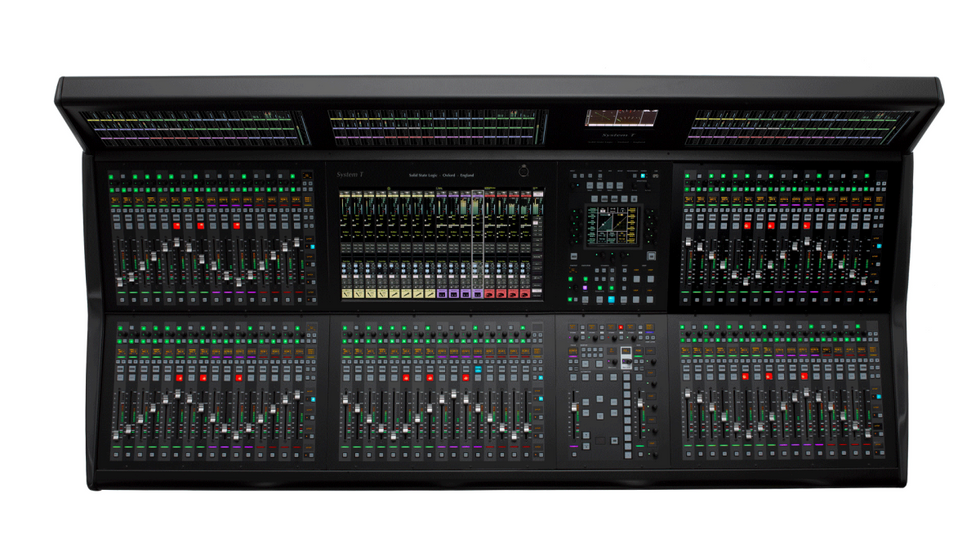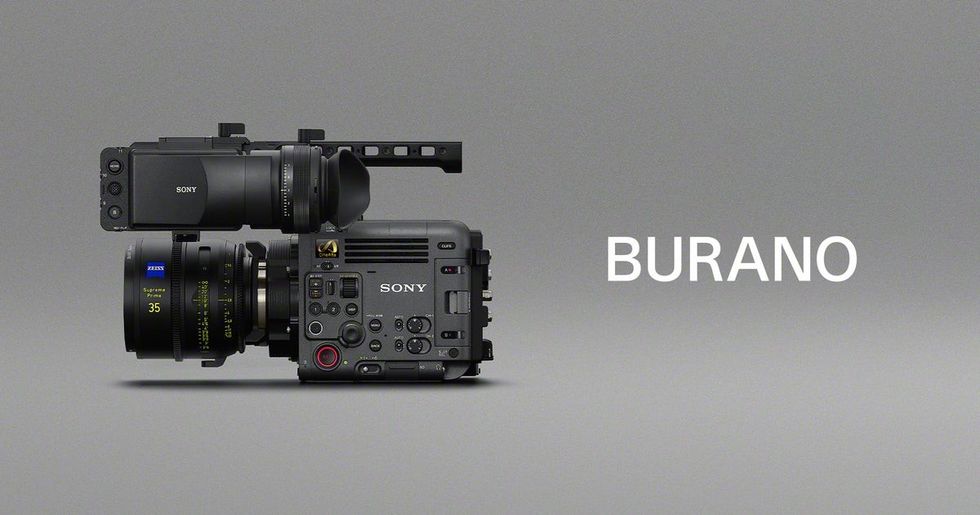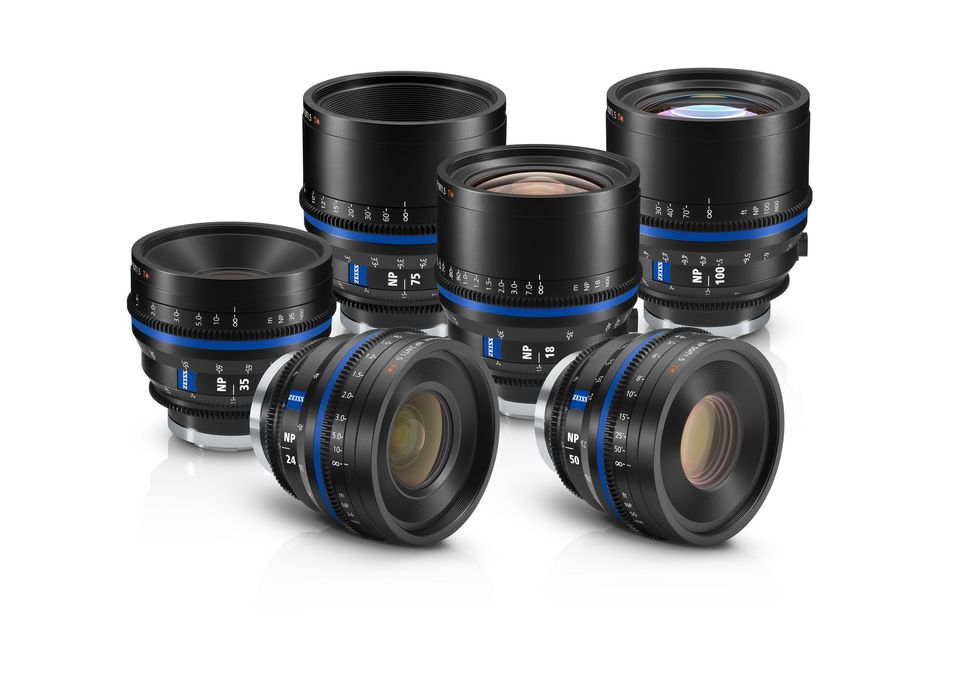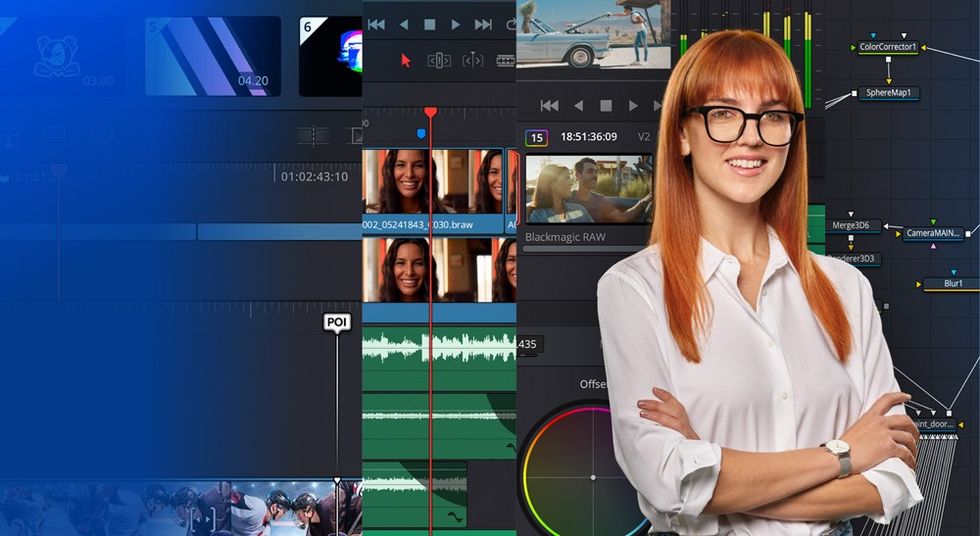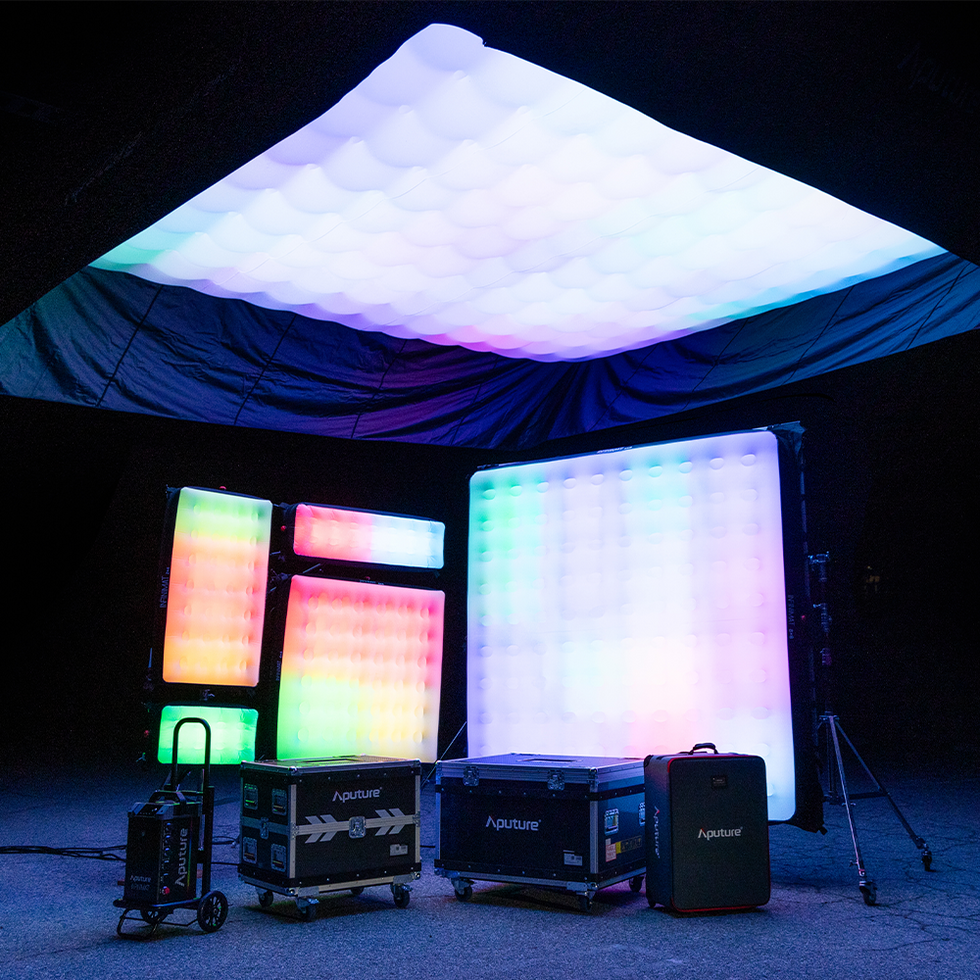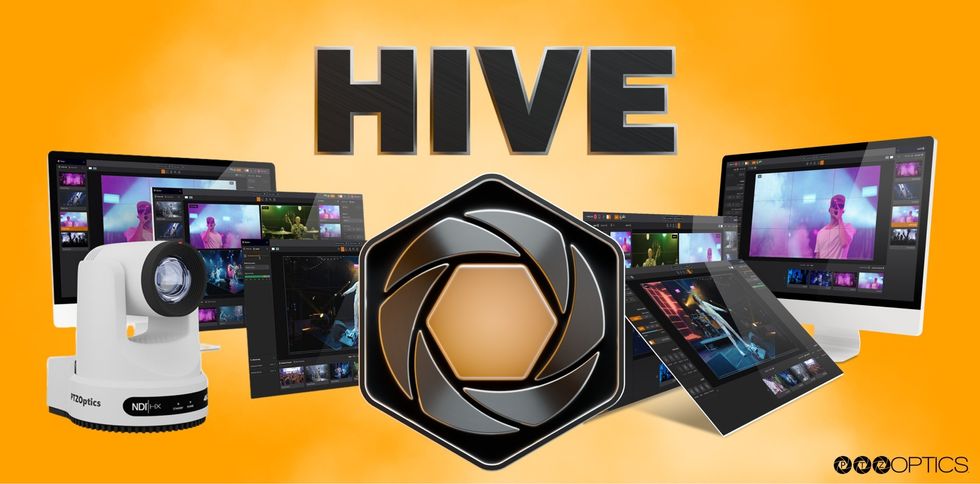DP Simon Duggan Explains How 3D Created Character Depth in Baz Luhrmann's 'The Great Gatsby'
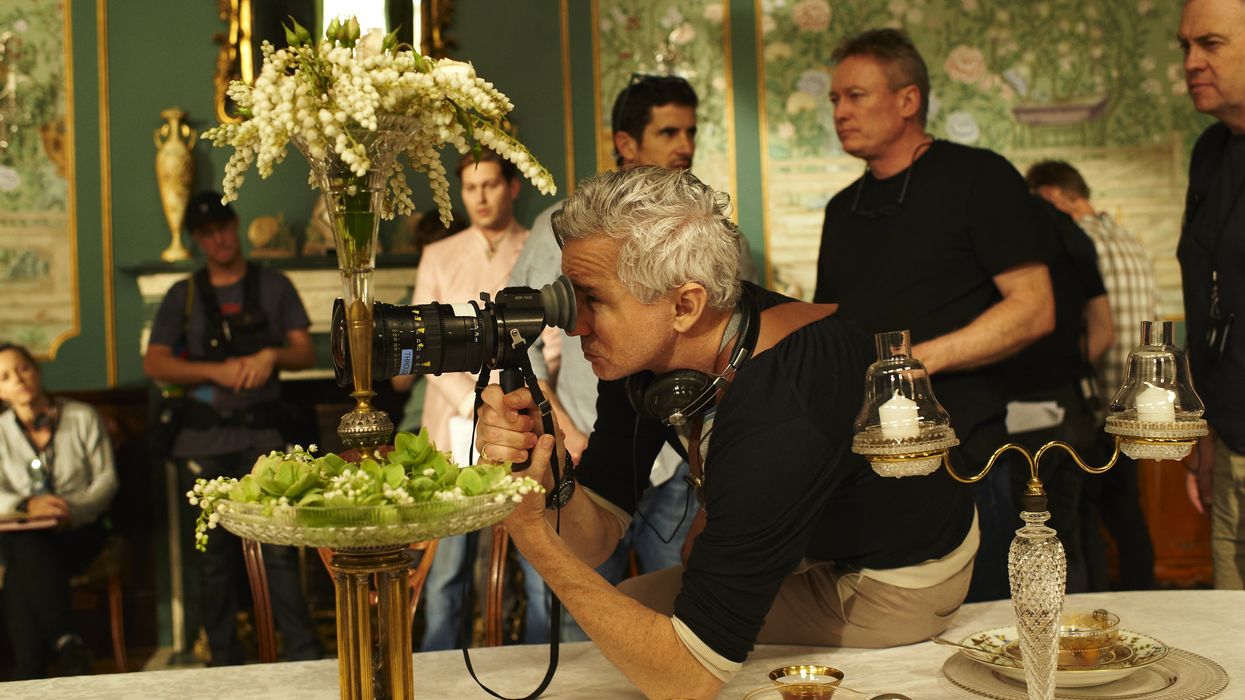
Baz Luhrmann's The Great Gatsby might've been met with mixed reviews, with some reviewers saying that style was chosen over substance, but the film's visuals are as beautifully over-the-top and champagne-poppingly glamorous as the director's other work, including Moulin Rouge! and Romeo + Juliet. One thing, however, that Luhrmann did differently on The Great Gatsby, as opposed to his other projects, was shoot in 3D, and cinematographer Simon Duggan explains in a Cinefii interview how 3D helps to add another perceivable dimension to not only a movie screen, but to characters as well.
In a time when action, sci-fi, and children's animated films are the ones being shot in 3D, one might wonder why Luhrmann's vision for an adaptation of F. Scott Fitzgerald's masterpiece included it. Sure, the director's films tend to showcase wild spectacles, from colorful burlesque shows to lavish costume parties held in the house of Montague, which would surely give 3D enough space to work its magic in -- taking the audience out of their sticky theater seats and into that of a cream-colored Duesenberg Model J as it speeds over the Queensboro Bridge. Many times, 3D can be more about heightening the action or bringing the spectacle right into your lap.
But, as Duggan points out in the Cinefii interview, that wasn't necessarily the reason why they shot in 3D. He does explain how Lurhmann wanted to achieve depth in the film:
He very often mentions how he relates it to theatre; there’s a proscenium, there’s an upstage, downstage and that’s how he related it to shooting 3D and that’s how he looked at staging the actors and the performances, with different layers all through the foreground and through the background -- We played out 5 or 6 of the scenes in Baz Luhrmann’s production office, just setting up props and foregrounds, just looking at how 3D affects your depth and choices you make with composition.
However, Duggan also states that by shooting in 3D, using a RED EPIC with Zeiss Ultra Primes, he was able to capture more detail in each actor's face, something that he says, in turn, helped capture their performances.
3D for our film generally played so well with just the character reveal of the actors. I think it’s amazing when you’re in close to an actor, how much more information you get from their faces and performances in 3D -- It was such an artificial world in some ways so we didn’t mind pushing that element, which was making a beautiful portraiture of the character so the audience could read all the emotions from the characters.
Here is Cinefii's interview with Simon Duggan below.
Though shooting in 3D is not for everybody, Duggan does bring up some interesting points about how it can work in your favor to create subtle depth (as opposed to in-your-face depth that we see a lot of in many 3D flicks), as well as to really bring out an actor's performance -- whether or not you think that was achieved in The Great Gatsby is a whole other story. (Leo did look so cool as the man in the cool beautiful shirts.)
What do you think about Simon Duggan's perspective on 3D? Are you considering shooting in 3D for something other than an action, sci-fi, or animated film? Let us know in the comments below.
Link: Simon Duggan ACS Adds Depth to the 3D Vision of Baz Luhrmann's The Great Gatsby -- Cinefii


